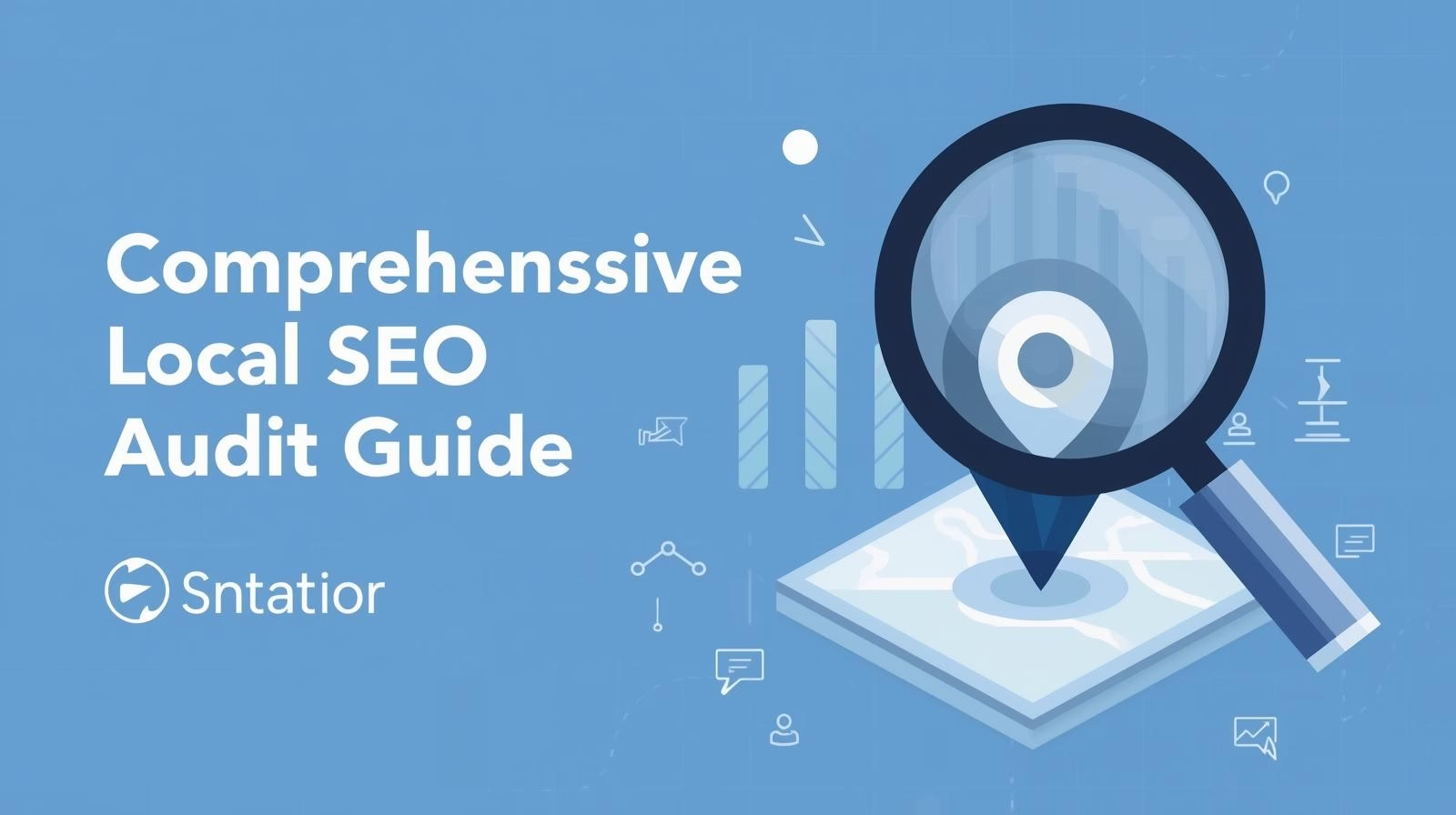(The ultimate organic visibility playbook for small businesses and service brands)
Why Organic Visibility Still Matters
Paid ads are effective but costly. If you want to build lasting online presence and sustainable leads, you have to focus on organic visibility. The good news: there’s a clear path forward.
Organic search, local optimization, content, reviews, and partnerships together can drive traffic, trust, and conversions without blowing up your ad spend. This guide walks you through the essential tactics.
1. Optimize Your Google Business Profile (Even If You Don’t Have a Storefront)
Your Google Business Profile (GBP) is one of the most visible touchpoints for local searchers. Especially for service-area businesses (SABs), it’s often a primary way your business is discovered.
Steps to Make GBP Work for You
- Choose the “Service-area business” option and hide your physical address (if you don’t serve walk-in traffic).
- Define service areas cities or ZIP codes you actively serve. (Google recommends your business area be within ~2 hours driving time.)
- Select relevant primary and secondary categories wisely don’t dilute your focus by over-selecting.
- Fill out the profile completely: business hours, phone, website, photos (your logo, examples of work, etc.), attributes, and more.
- Encourage and respond to reviews, especially from customers across your service zones. Reference the location or service in the review when possible (e.g. “XYZ Plumbing fixed our leak in Coral Gables”).
- Use GBP Posts regularly to share business updates, promotions, or blog content, linking back to your site.
- Monitor GBP insights to understand how viewers interact with your listing (views, clicks, calls, etc.).
2. Build a Local-SEO–Ready Website
Your website is your digital home base. For local businesses, it must reflect the markets you serve and the services you offer.
Key Website Optimizations
- Create location-specific pages (if you serve multiple cities or ZIPs). Each page should have unique content tied to that area. Avoid copying content across pages.
- Sprinkle local keywords throughout titles, meta descriptions, headings, image alt texts, and in-body content (e.g. “roof repair in Miami,” “Miami AC technician”).
- Make sure your site is mobile-friendly and fast (page speed, responsive design). Over 50% of web traffic now comes from mobile.
- Build local citations get listed in trustworthy directories (Chamber of Commerce sites, local business directories, niche directories). Ensure your NAP (Name, Address, Phone) is consistent across all listings.
- Add embedded maps or service-area visualizations to show coverage areas.
3. Earn Local Backlinks & Partnerships
Backlinks (links from other websites to yours) are still powerful signals to search engines. In local SEO, relevant local linking carries extra value.
Strategies for Link Building Locally
- Partner with complementary local businesses (e.g. a landscaping company partnering with a local irrigation service). You can coauthor blog posts, share each other’s content, and link to each other’s services.
- Engage in community events, sponsorships, or local organizations (e.g., local clubs, non-profits, school events). Your name and website may get mentioned in event pages or partner sites.
- Publish guest posts or helpful articles on local blogs, news sites, or community forums.
- Share and exchange value: offer to contribute content, host joint workshops, or run joint promotions.
These activities deepen your local authority and increase your chance of being referenced by trusted sources.
4. Create Content That Speaks to Local Needs
Content isn’t just for broad authority it also signals relevance to local audiences and search engines.
Content Ideas with Local Focus
- Local guides or “how to” content (e.g. “How to winterize your home in Broward County”)
- Case studies or project writeups in specific areas you serve
- Neighborhood surveys or customer stories (e.g. “Why Downtown Miami residents choose us for AC repair”)
- FAQ pages addressing local-specific questions (e.g. “Do I need a permit in Coral Gables for roofing work?”)
- Share your content via your GBP posts, social media, local groups (e.g. Facebook groups, Nextdoor), and email newsletters
By tying content to the places you serve, you reinforce your relevance in those markets.
5. Monitor Performance & Iterate
You can’t improve what you don’t measure. Keep track of these key metrics:
- GBP metrics: views, clicks, calls, direction requests
- Website traffic sources (Google Analytics): organic, referral, local segments
- Search rankings (local & organic) for your target keywords
- Reviews volume, ratings, response times, and sentiment
- Backlink growth and referral traffic
Use this data to identify what’s working, what needs adjustment, and where more investment is needed.
Sample SEO-Optimized Blog Post Structure (for your reference)
To help you implement this in your blog, here’s a sample SEO-friendly outline you could use for a post like this:
- Title: “How to Get Found Locally Online Without Paying for Ads”
- Introduction: Why relying solely on ads is risky
- Section: Google Business Profile setup & optimization
- Section: Website optimization for local presence
- Section: Earning local backlinks & partnerships
- Section: Creating content that targets your service areas
- Section: Tracking performance & adapting
- Conclusion & call to action
Include internal links (your other blog posts, service pages), use your target keyword (e.g. “get found without paying ads” / “local SEO without ads”), and insert local modifiers (city, service area) where appropriate.


